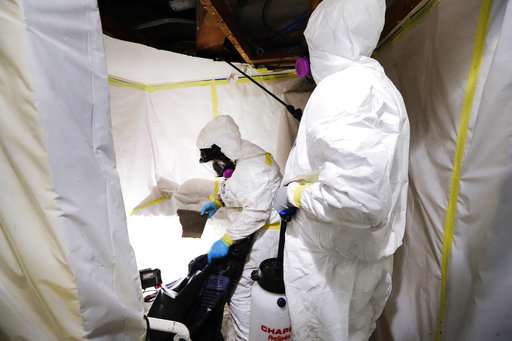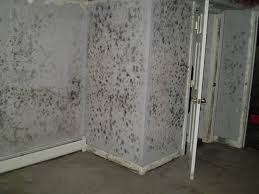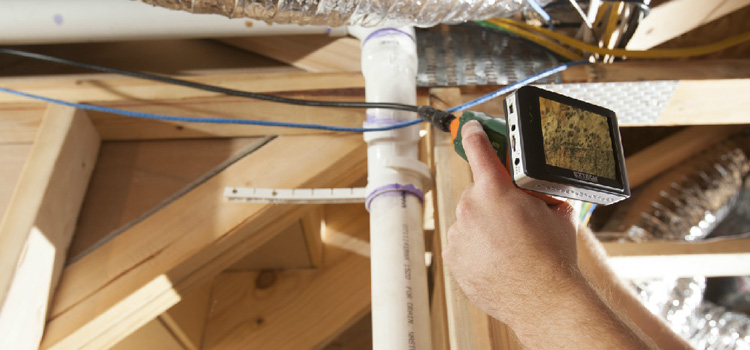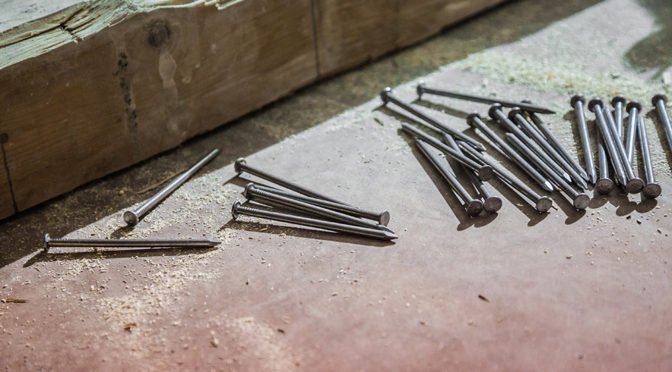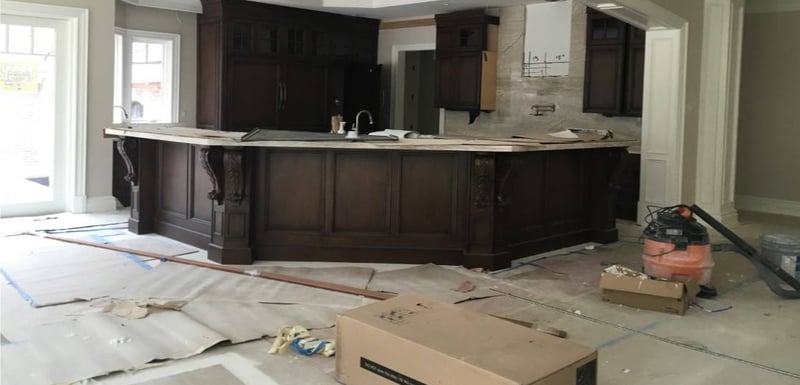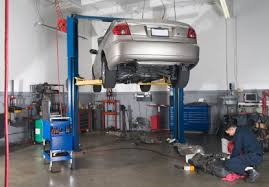The Big Benefits of Having A Contacted Electrician
While one-off repairs can be taken care of fairly easily, if you own a property such as a medical centre or run a school or chain of shops, the need for ongoing maintenance comes to the forefront. You’ll need continuity – the peace of mind that comes from having the same skilled person on call to help you when the need arises.
The Advantage of Having A Dedicated Commercial Electrical Contractor
One of the most frustrating things about hiring tradespeople can be getting them to commit to a time. While you may have a pressing need to get a repair made on your property’s electrical systems or have something vital installed or altered, the tradie is juggling clients from one side of town to the other.
You can find yourself at the bottom of a very long list of priorities, or waiting for many hours during the working day for someone to show up. This can leave you feeling frustrated and ignored, and perhaps even hesitate to tackle problems until they absolutely have to be taken care of.
Having A Contracted Electrician Means You Control the Work
One of the most difficult aspects of any construction project is getting all of the different elements to match up. The concrete needs to be poured before the bricks arrive and the plumbing needs to go in before the roof goes on. Mix up any of the order and the whole project can fall in a heap.
Bu with a contracted construction electrician, you can be sure that what you need their help, they will show up according to your timetable. This kind of arrangement can be made to work for any project big or small from the construction of a major office building to someone renovating a house in the suburbs.

The Do’s of Hiring Electrical Maintenance Contracts
It’s no secret that electrical maintenance contracting is an irritating endeavour for many businesses. The varying standards of industrial and commercial electrical services range from exceptional, to well, not so good. Reliability is another issue. Excellent electrical maintenance contractors are rare and often in a different league from the average. This makes finding an electrical maintenance contractor difficult.
The Do’s: A Checklist of Requirements and Questions for Contractors
Anything electrical requires efficiency and knowledge. Electrical maintenance, therefore, needs technical standards to be carried out. Without skill, training, and attention to detail, maintenance services can fail.
The requirements are fundamental:
A comprehensive maintenance schedule and plan
Clear coverage of all safety issues concerning installations, power and wiring
An appropriate and concise business reporting methodology
Full statutory compliance in installing, repairing, and maintaining electrical systems
It is essential to ask the right questions when hiring an electrical maintenance contractor. In doing so, you can qualify the person or company you’re hiring. Asking a question like “what steps should be taken to upgrade my electrical systems?” is a good place to start. A competent electrician will not hesitate to answer, because they have a key insight into various electrical systems.
When asking, “what scheduling plan do you think is the best move for our business?” the answer is obvious. Regular scheduling is paramount. It’s a necessary practice and will benefit you and your business in the long run. Electrical systems need to be consistently checked, and parts replaced when your systems are malfunctioning.
Commercial Electrician: Job Description and Requirements
Commercial electricians install, design and maintain electrical systems in commercial buildings. These positions typically require extensive education through apprenticeships, and they need to be licensed as well. Some electricians begin their education by earning an associate’s degree.
Commercial electricians are responsible for installing and maintaining the electrical devices in commercial buildings. Electricians receive their training through an associate’s degree or apprenticeship degree program. They must also receive their electrician’s license in order to do any electrical installation.
Job Description
Commercial electricians may plan and diagram electrical systems, including the conduits of tubing or pipe often required by local electrical codes. Or, the electrician may work from blueprints provided by the general contractor. Whether designing the system or working from blueprints, the electrician installs the conduits and runs the electrical wiring. These wires are usually terminated at switches, circuit breaker panels and relays. Commercial electricians wire instruments that control the power, lighting and heating units in buildings. They also provide wiring for air conditioning and refrigeration units.
Using electrical test meters and ohmmeters, commercial electricians ensure the continuity of wiring to ascertain compatibility and safety of the components. These tests may be performed during the installation of a new electrical system, to ensure its proper performance. The tests are also used to locate shorts and system breaks. After locating the source of the problem, the electrician repairs or replaces the wiring and conduits as needed
Requirements
Commercial electricians should be able to see and discern color, since electrical wiring is often color-coded. They should be able to stand, climb ladders and remain in uncomfortable positions for long periods. They must also be able to regularly lift up to fifty pounds to eye level.
Looking for an Electrician or Electrical Contractor must know this
DESIGN
Design and construct; layouts; plans and drawings; as-built documentation; manuals; project planning and management; commissioning; multimedia; networks; automation; turnkey systems.
TESTING
Fault finding; programmed maintenance; emergency light testing; testing and tagging of tools and appliances; RCD testing; smoke alarm testing; thermal imaging (thermographic and power supplies); preventative maintenance; load testing (and load balancing); power quality testing; electrical safety audits; electrical condition reports; LAN testing; certifications.
POWER
Power points (GPOs); outlets; floor boxes; circuits and circuit breakers; fans; (including exhaust fans, ceiling fans); uninterrupted power supplies (UPS); power factor correction; time clocks; pumps; motors; generators; bores; electrical hot water systems; air-conditioning units ; switchboard upgrades & replacements.
LIGHTING
Lamps (eg LEDs, metal halide, fluorescent, halogen incandescent); control gear; switches; downlights; light fittings and fixtures; indoor/outdoor lighting; exit and emergency lighting; security lighting; lighting control (eg time clocks, motion sensors).
DATA
Data points; Cat cabling (Cat 5E, Cat 6, Cat 6A, Cat 7, Cat 7A); structured cabling; cross connection solutions; infrastructure cabling; point labelling; data cabling; cable testing; network cabling; communication cabinets; computer rooms; data centres; patch panels; patch leads; uninterrupted power supplies (UPS); LAN testing; smart wiring (eg C-Bus, Dynalite, Crestron); fibre optics; optical fibre testing, splicing, and termination.
YOUR LOCAL ELECTRICIAN
Bathroom Heater Installation
Bathroom heaters are what keep your bathroom warm in winter. Whether your existing one has broken or just isn’t good enough. The only requirement is that you have sufficient ceiling space above your bathroom, if your ceiling space is small, you’ll need to keep that in mind when selecting a heater combination unit.
New House Wiring
technicians can add brand new wiring to your house for whatever the need, whether it be new power points, surveillance cameras, intercoms, whole house audio or anything else, call the Fawcett Group and we can help.
Kitchen Appliance Installation
can install any kitchen appliance that you need. have the expertise and the knowledge to make sure that it’s done correctly and safely.
Lighting Installation
technicians specialise in all areas of lighting and LED maintenance, installation and servicing. can also preserve your current lighting system with preventative measures.
General Electrical Diagnosis & Repair
Here all of our technicians are fully qualified and up to date with the latest technological advancements which allows them to recognise and diagnose issues and take the necessary steps to fix them.
